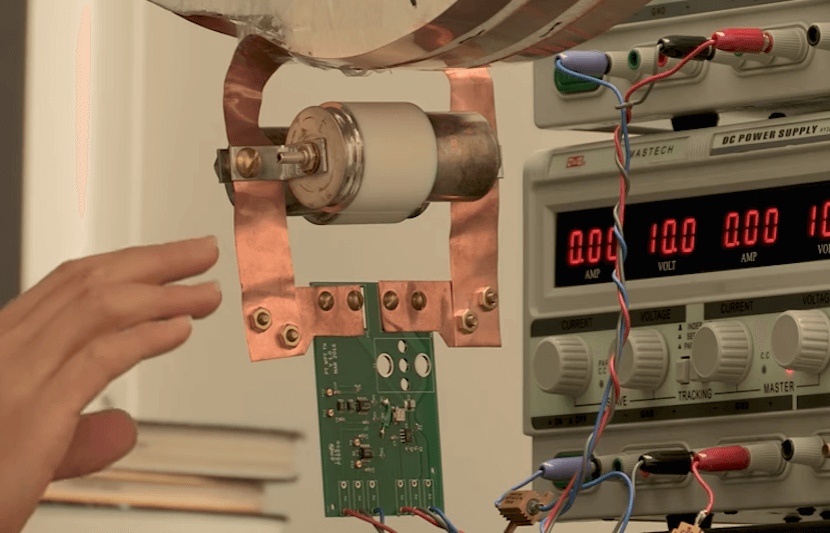The Chevy Bolt can travel 238 miles on a single charge, and the upcoming Tesla Model 3 is anticipated to have a travel range of over 200 miles. While the distance an electric vehicle can go without charge has grown exponentially, they can take hours to re-charge, which makes them impractical for long distance trips. That limitation would no longer apply if Stanford University researchers Shanhui Fan, a professor of electrical engineering at Stanford University, and Sid Assawaworrarit, graduate student, have anything to do with it.
Fan and Assawaworrarit have developed a way to wirelessly deliver electricity to moving objects. Their technology could eventually charge electric vehicles and mobile devices, such as cell phones or medical implants, without the need of a stationary power source.
The new technology will allow a car to charge as it travels. A coil, attached to the bottom of a vehicle, would receive an electric charge from coils embedded in the street, or highway. This means, while a vehicle is driving, it will always be charging, making distance virtually unlimited.
Technology allowing cars to charge as they drive aids in the push for environmental sustainability. “Application of dynamic charging in a road transport application, where a car recharges as it drives by, can reduce the use of fossil fuel, thus reducing CO2 emission,” said Assawaworrarit. “Also, with availability of charging on-the-fly, the battery capacity required for battery-equipped devices can be lowered, reducing the potential environmental impact from mining/processing of materials used in making batteries.”
The Research
Fan and Assawaworrarit were inspired by MIT research in 2007, which shows that power can be transferred through the coupling of two resonance coils. But the MIT study only addressed electricity moving wirelessly to a stationary object.
“We have been interested in the possibility of dynamic wireless power transfer, where high-efficiency transfer to a device can be achieved while the device is MOVING,” said Assawaworrarit. “In the standard system, in order to do so, one will need to tune the circuits, which adds complexity. Our aim is to overcome this challenge.”
Magnetic resonance serves as the scientific foundation of this study. Rotating coils of wire between magnets generate alternating currents. When the electricity moves between the wires, it creates an oscillating magnetic field. Power can be transferred wirelessly when the magnetic field causes electrons from a surrounding coil of wires to oscillate.
Through this method, aspects of the circuit, such as the frequency, need to be manually tuned when the object moves. This makes it nearly impossible to transfer wireless electricity on-the-go.
So, in an effort to mobilize this technology, Fan and Assawaworrarit replaced the radio-frequency source in the original transmitter with a voltage amplifier and feedback resistor. This allows for power to be wirelessly transferred, within a three-foot range, without the need to manually tune any aspects of the circuit.
[divider]
What’s Next?
There are still barriers that hold this technology from being marketable. “We would like to improve the efficiency of the amplifier employed in the current work,” said Assawaworrarit. “At present, the amplifier used in the circuit, which we obtained commercially, is of low efficiency. We believe this can be overcome by custom designing the amplifier to achieve higher efficiency.”
Fan and Assawaworrarit have high hopes for the future, but recognize that consumer demand, as well as the cost of integrating their mobile charging technology into existing devices and infrastructures, could lengthen the time before their technology could hit the market.



